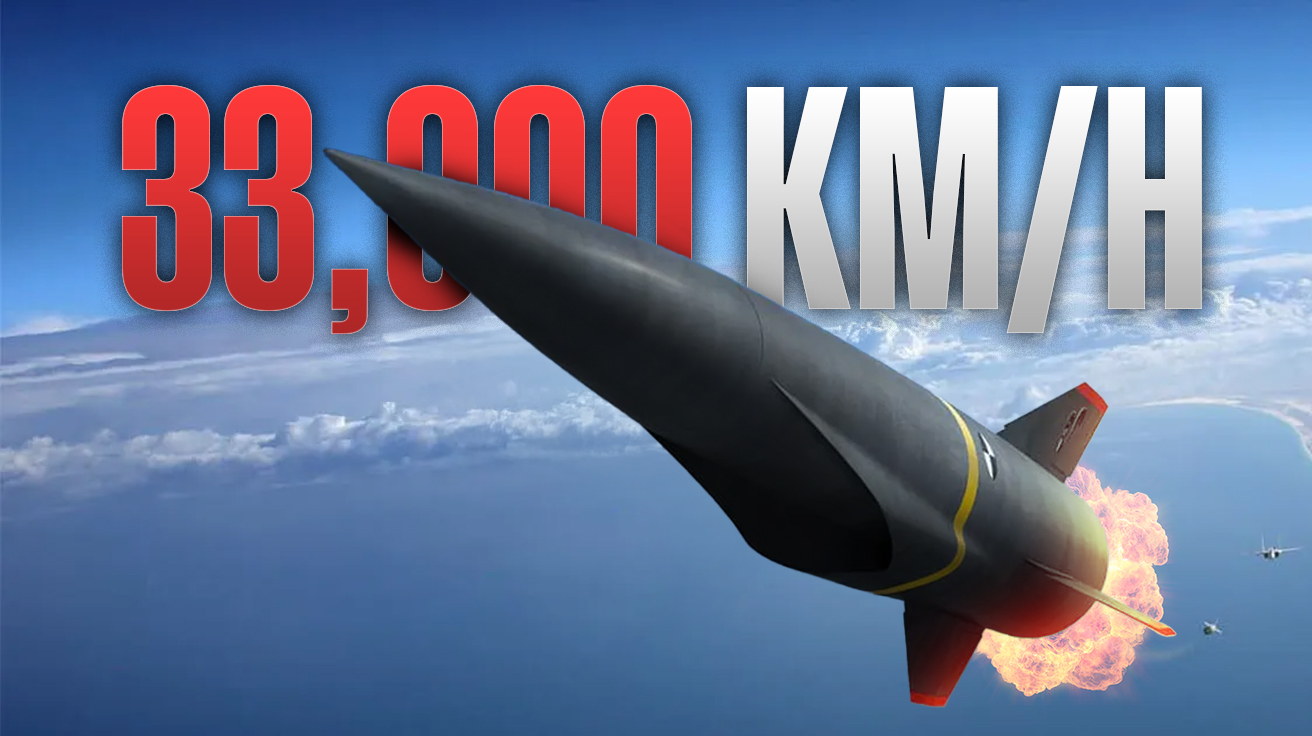Ever wondered what happens when a missile breaks the sound barrier twenty times over? These hypersonic nightmares travel faster than bullets, crossing continents in minutes while navigating through space itself. Their speeds make them nearly impossible to intercept, turning billion-dollar defense systems into expensive decorations.
Countries now compete in a new arms race where velocity equals survival. For this guide, we referenced expert publications like Missile Threat and Arms Control Association to reveal the seven fastest missiles reshaping global power dynamics today.
7. Agni-V
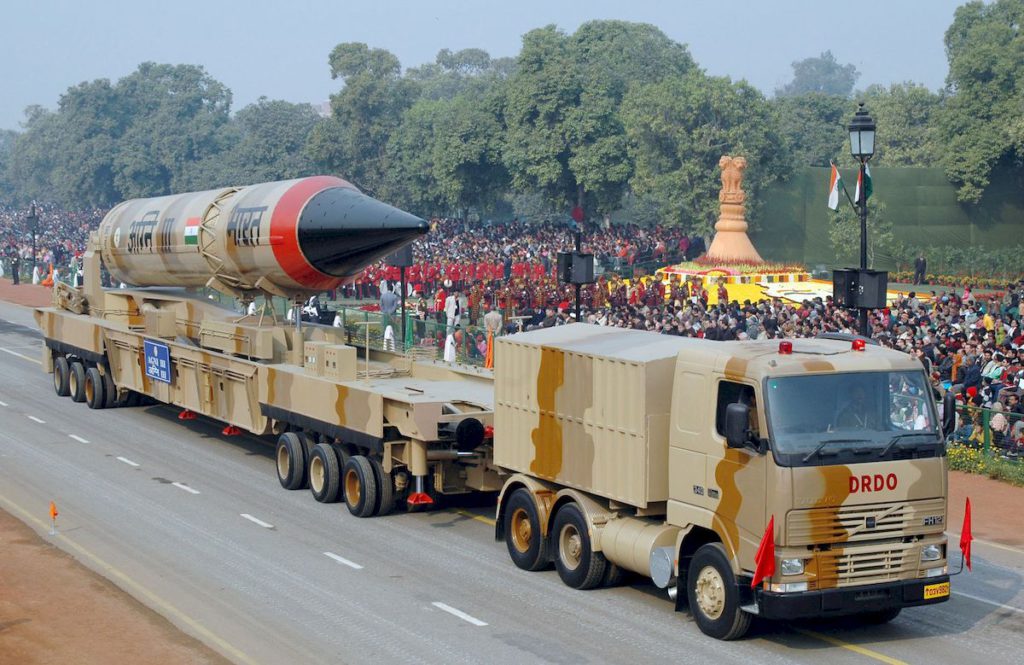
If you’re watching the global power balance shift eastward, India’s Agni-V represents a crucial piece of that puzzle. Weighing 50,000 kg, reaching Mach 20 on its upper trajectory (but only hitting around Mach 10 on reentry) and striking targets 5,000-8,000 km away, it signals India’s entrance into the strategic nuclear club.
The 17.5m long, 2m diameter missile uses advanced ring laser gyro and micro-inertial navigation systems for accuracy within 10-40 meters. The Agni-V transforms India from a regional power to a continental one, forcing China to reconsider its strategic calculations and putting Beijing itself within range of New Delhi’s nuclear response.
6. RS-28 Sarmat
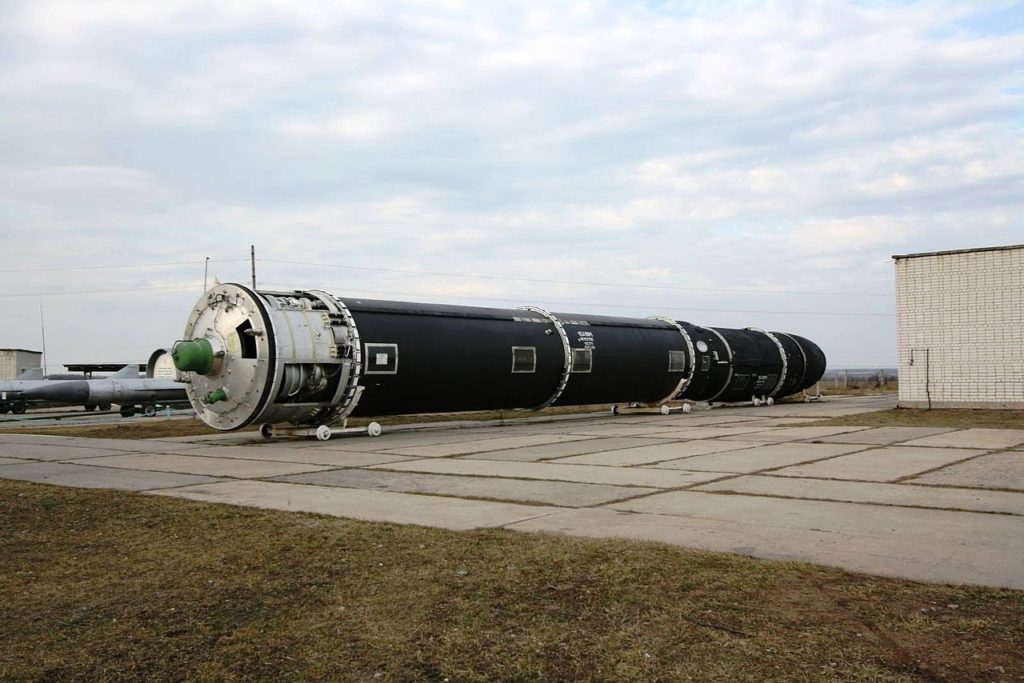
Nuclear deterrence demands unstoppable delivery systems, and the RS-28 Sarmat answers that call with terrifying efficiency. This Russian behemoth screams through the atmosphere at Mach 20.4, approximately 25,500 km/h, carrying multiple warheads that split off on different trajectories.
At 35.3m long, this missile can deliver a massive 10,000 kg payload over distances between 10,000-18,000 km. When Moscow needs to send a message that can’t be ignored or intercepted, the Sarmat stands ready in its silo—the ultimate expression of Russia’s nuclear modernization program. While not as mobile as some armored vehicles, its destructive potential is unmatched.
5. LGM-30 Minuteman III
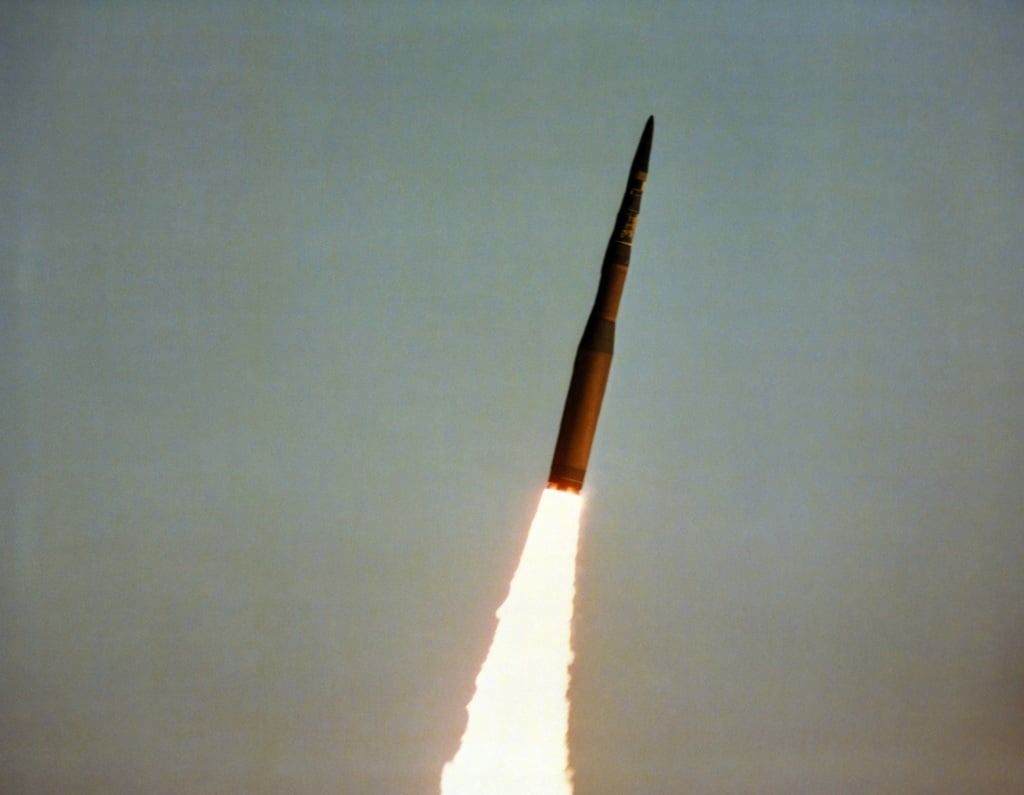
The Minuteman III, reaching Mach 23 (about 28,200 km/h), combines Cold War reliability with modern lethality, providing America with an aging but utterly dependable nuclear deterrent. Hidden in underground silos across the heartland, it has been the silent guardian of US strategic deterrence for decades.
Standing 18.2m tall with a range up to 13,000 km, it carries up to three reentry vehicles with W78 and W87 nuclear warheads. If you’re tracking the evolution of America’s nuclear triad, you’ll note the Minuteman remains relevant despite newer technologies, proving that sometimes the old guard still stands the toughest watch.
4. UGM-133A Trident II (D5)
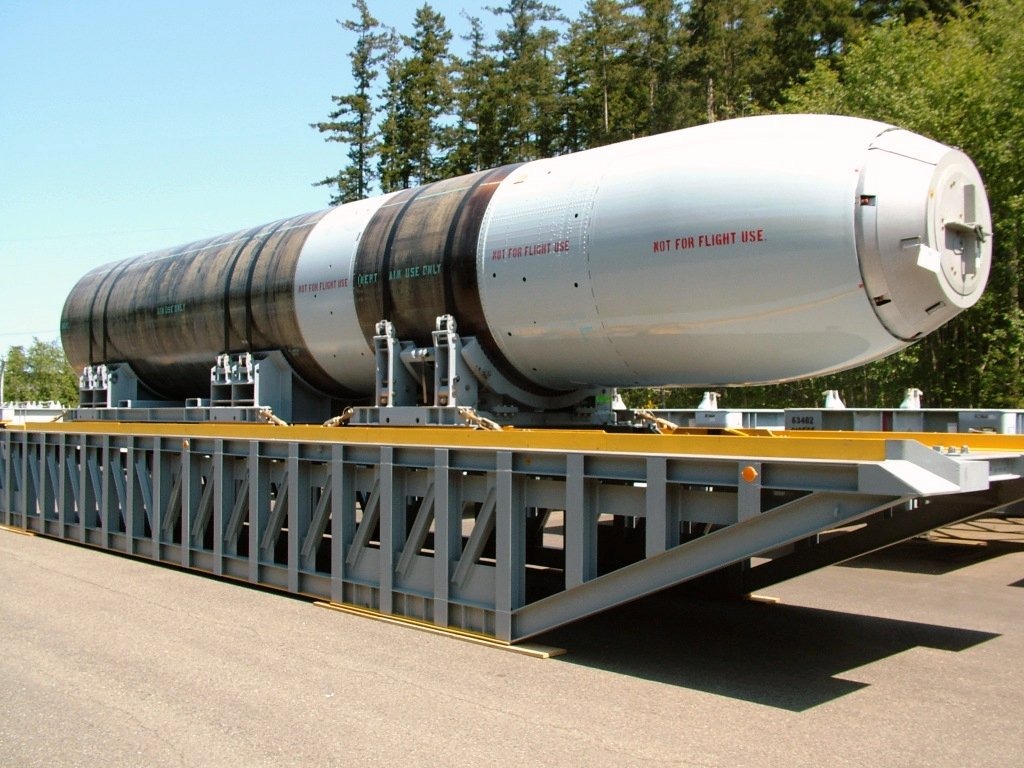
Nuclear strategists turn to submarines lurking in the dark depths when they need a weapon that can’t be preemptively destroyed. The Trident II launches from US and UK submarines and accelerates in its terminal phase to Mach 24 (29,020 km/h).
Measuring 13.579m long and weighing a hefty 59,000 kg at launch, this sea-based nightmare can strike within 90-100 meters of targets up to 12,000 km away. Naval powers face the challenge of maintaining second-strike capability in an age of advanced anti-submarine warfare, and the Trident solves this by combining stealth platforms with devastating, long-range punch.
3. M51
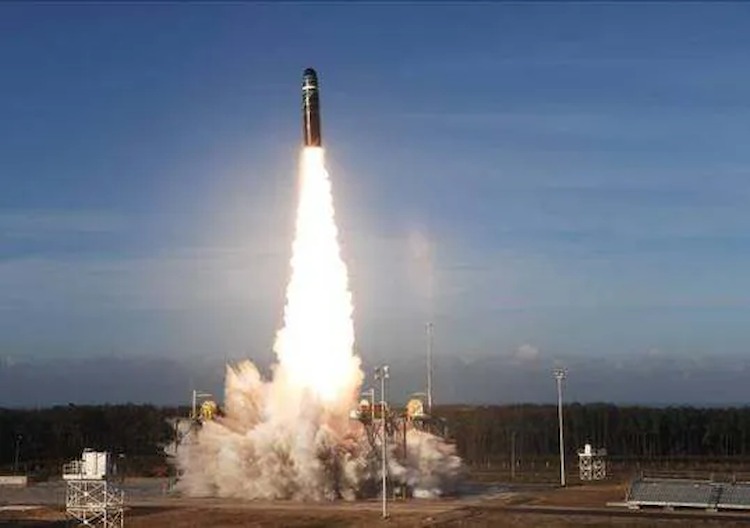
How does a medium-sized European power maintain credible nuclear deterrence in a world of superpowers? France’s M51 provides the answer. This submarine-launched missile hits Mach 24 on reentry (some reports state it can reach Mach 25) and carries 6-10 TN75 thermonuclear warheads.
With a range of 8,000-10,000 km and tech derived from Ariane 5 space launchers, this 52,000 kg, 12m missile gives France global strike capability from beneath the waves. During times of geopolitical tension, French ballistic missile submarines slip silently into the depths, their M51 missiles ready to ensure that any aggressor faces unacceptable consequences regardless of France’s conventional military strength.
2. Dongfeng-41 (DF-41)
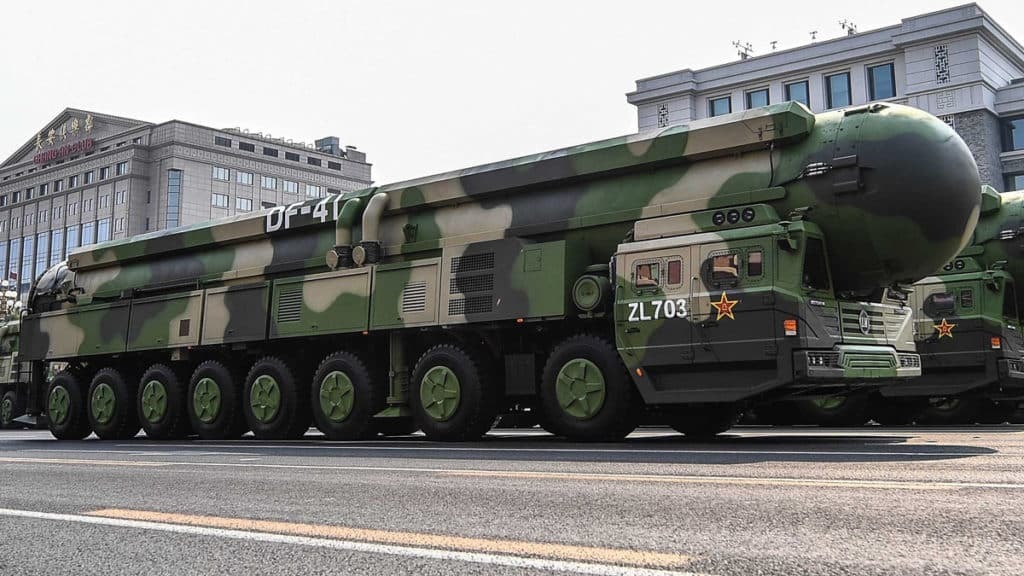
China’s DF-41, reaching Mach 20 – 25 (31,000 km/h), though the high-end figures are expected to be slightly inflated. Approximately 21-22m long and weighing around 80,000 kg, it can carry a 2,500 kg payload with up to 10 MIRVs to targets 12,000-15,000 km away. The DF-41’s solid-fuel technology enables rapid launch preparation, and the road-mobile platform gives it mobility.
1. Avangard
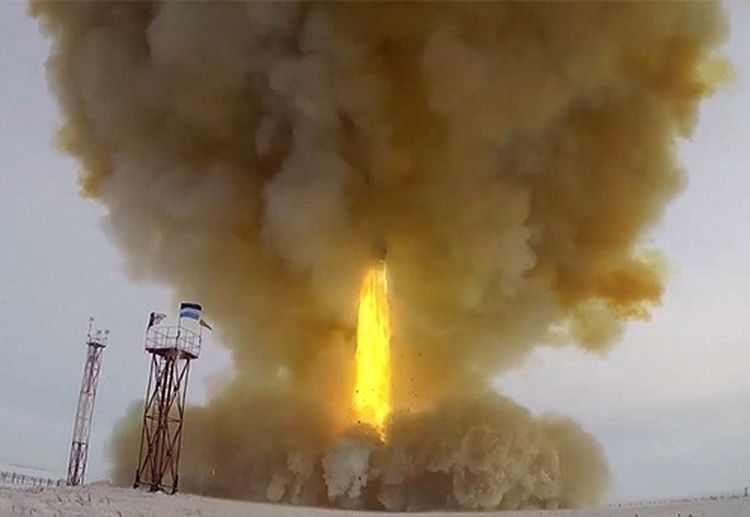
The Avangard is Russia’s entry into an attempt to render multi-billion dollar missile defense systems obsolete. Russian sources have stated the missile reaches top speeds of Mach 27 (33,000 km/h) while maintaining maneuverability at the apex of its climb.
Weighing about 2,000 kg and with a range exceeding 6,000 km, it reportedly makes traditional missile defenses useless. Whether it can actually defeat “every countermeasure” is up to debate – the plasma shrouding created by re-entry can disrupt communication with the missile, for example. Whether this missile, along with other revolutionary combat technologies, is truly reshaping modern warfare remains to be seen.

